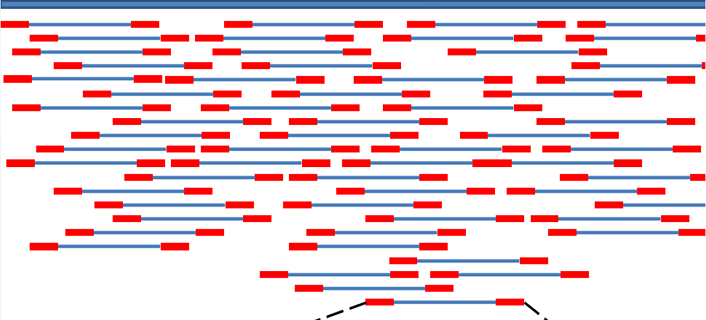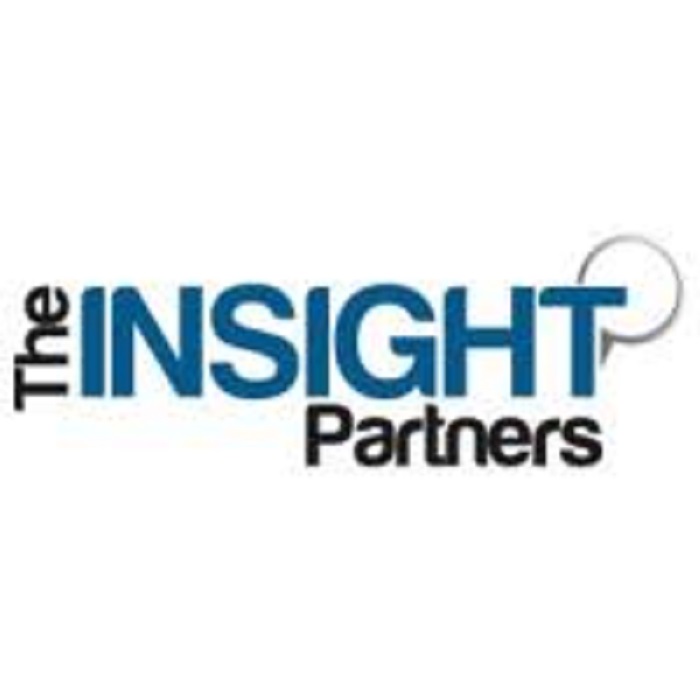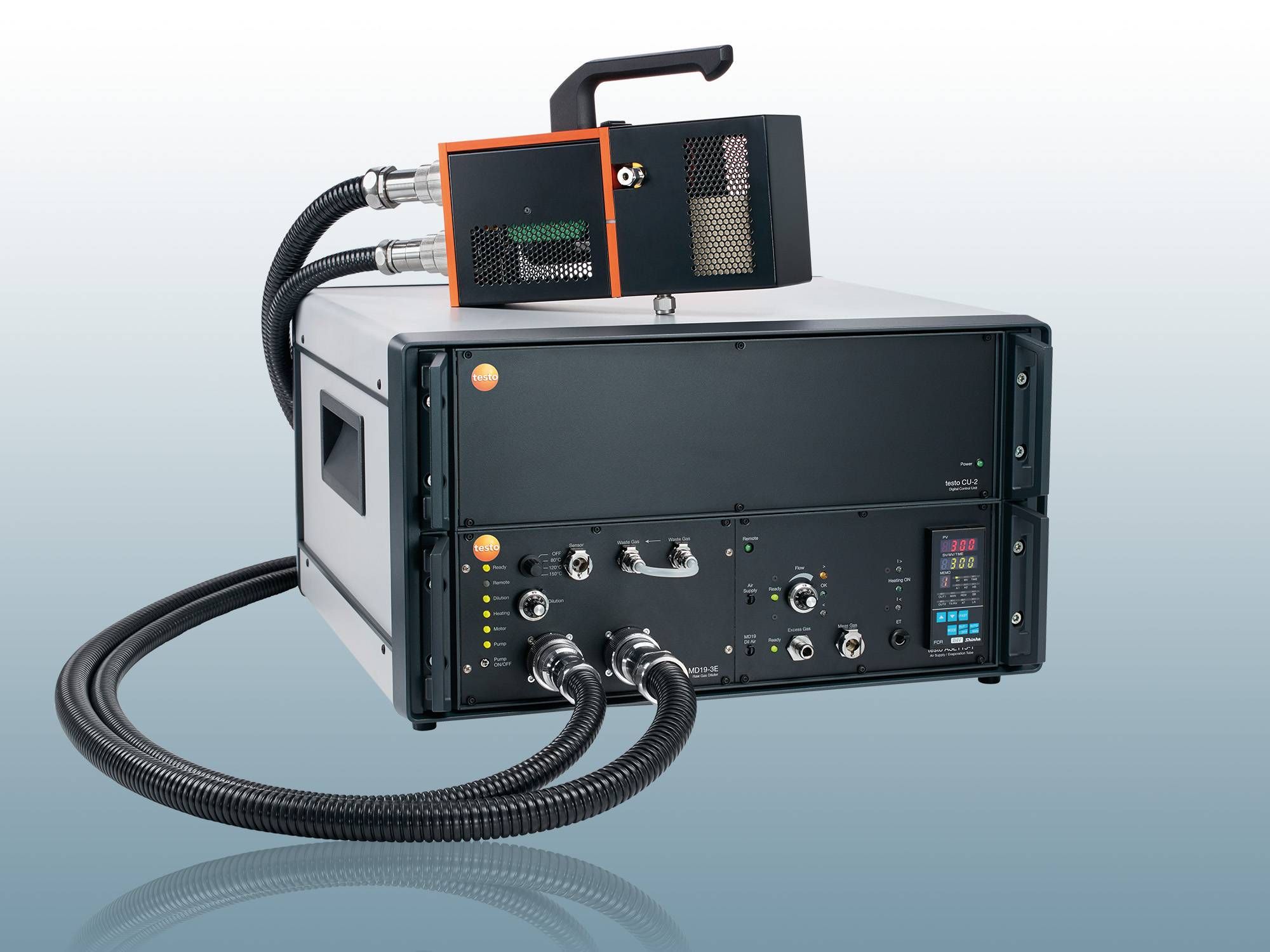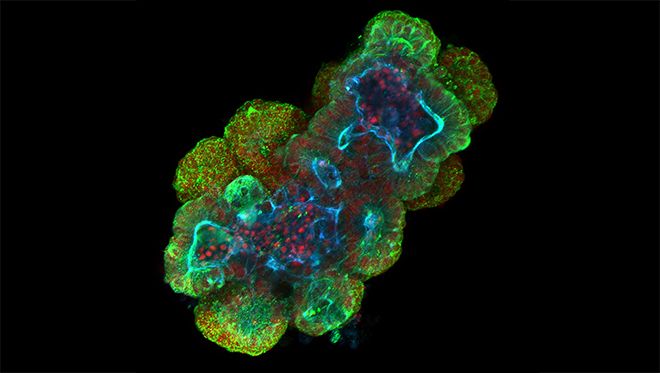Declining prices of sequencing services is expected to enhance the growth of DNA next generation sequencing market from 2018 to 2025.
The global DNA next generation sequencing market is expected to reach US$ 22,716.9 MN in 2025 from US$ 4,898.5 Mn in 2017. The market is expected to witness growth due to the declining prices of sequencing procedures across the globe.
DNA sequencing is the method used to determine the specific order of the four nucleotide bases, which form the DNA strand. DNA sequencing played a vital role during the mapping of the human genome, hence providing an important aspect for various basic as well as applied research. In recent days, DNA sequencing is being utilized in the field of pharmacogenomics. In recent years, there has been a decline in the prices of sequencing process, which has fuelled the growth of the DNA next generation sequencing market. For instance, first whole human genome sequencing cost over US$3.7 billion in 2000 and took 13 years for the completion. However, the costs for the same in recent years has reduces to US$1,000 and the process requires less number of days. In 2000, cost for sequencing was US$ 3.7 billion, which dropped down to US$ 10 million in 2006 and declined to US$ 5,000 in 2012. Major DNA next generation sequencing market players such as Illumina and Roche have introduced breakthrough technologies that have enabled in the cost and time reduction in the sequencing.
In addition, advances in the field of genomics, development in different methods and strategies for sequencing, there is a notable decline in the cost of sequencing. Advancement in the field of molecular biology has equally enhanced the sequencing procedures. Many industry players have come up with innovative NGS technology in last few years. For instance, Pacific Biosciences with Sequel, and Oxford Nanopore with PromethION. Additionally, three advances NSG systems that dominate the market includes Roche GS FLX (454), Illumina HiSeq 2000 (Solexa) and AB SOLiD (Agencourt). Further modification and automation of this process continued to increase sequencing data and time reduction. Thereby allowing researchers to reach major milestones in the Human Genome Project. NGS makes sequence based gene expression analysis a “digital” alternative to analog techniques. Advancement in genome sequencing has made the sequencing easy and accurate. These technological advancement are likely to grow the DNA next generation sequencing market in near future.
Some of the prominent players operating in DNA next generation sequencing market include, Illumina, Inc., Thermo Fisher Scientific, Inc., Qiagen N.V., Beijing Genomics Institute, Perkinelmer, Inc., F. Hoffmann-La Roche AG, Agilent Technologies, Eurofins Scientific, Oxford Nanopore Technologies, and Macrogen, Inc. among others.



